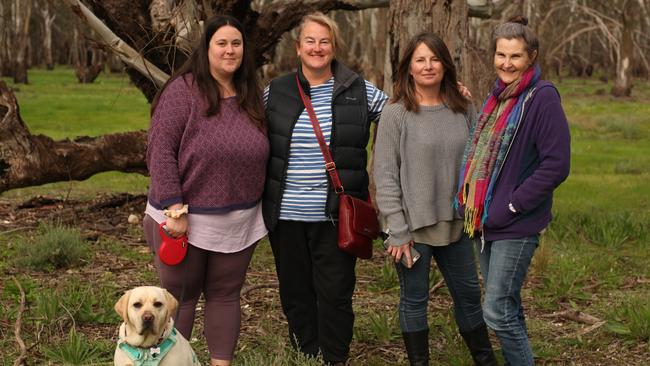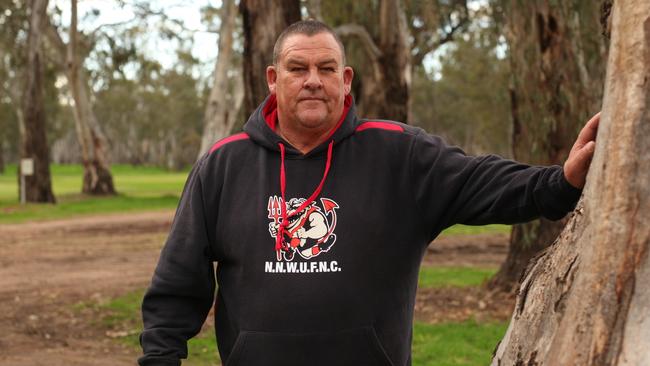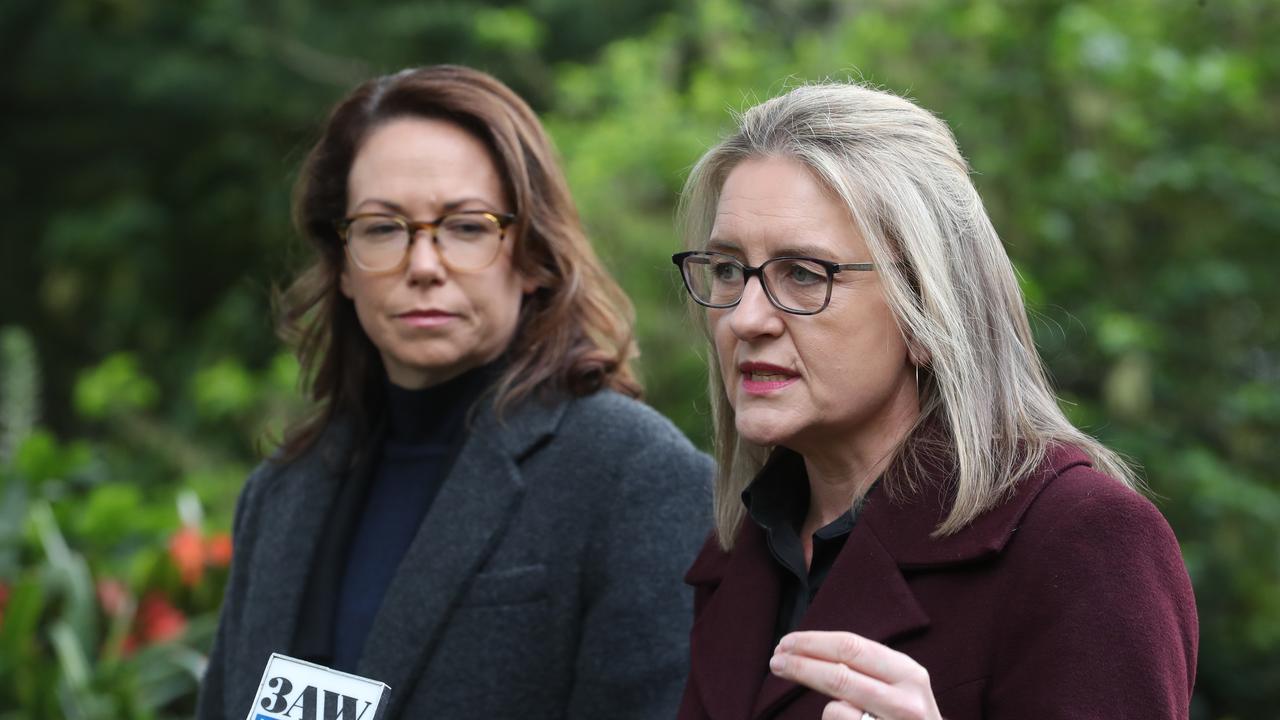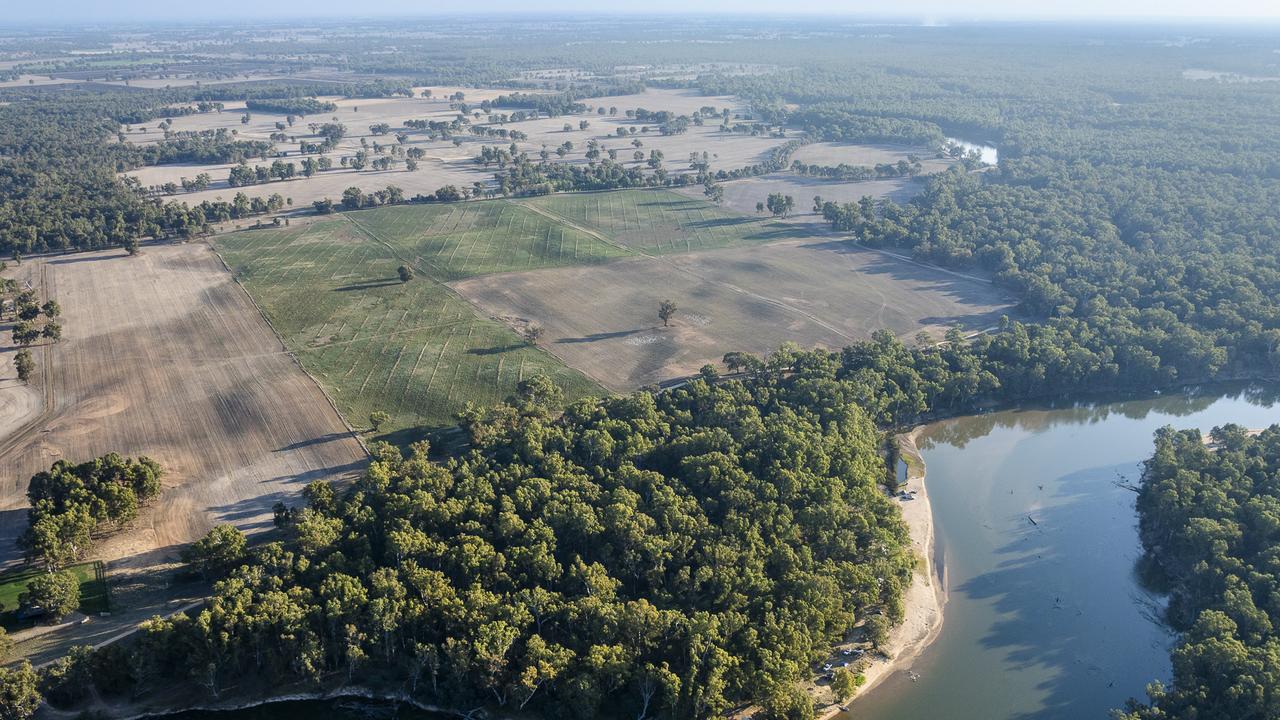Farmers warn against ‘concerning’ Swan Hill water projects
Two projects which form part of Victoria’s contribution to save 605GL under the Murray Darling Basin Plan are facing strong opposition.

Two projects that form part of Victoria’s contribution to saving 605GL of water under the Murray Darling Basin Plan are facing strong community opposition.
Farmers and experts told a Swan Hill inquiry last week that engineering work in the Nyah and Vinifera wetlands for Sustainable Diversion Limit Adjustment Mechanism projects was risky and unnecessary,
The Victorian government hopes to install pumps, channels and embankments in the Nyah and Vinifera forests that would allow it to water the wetlands through pumping, without needing the river to flow at 25,000ML/day – the rate that would be required for water to spill over banks into the area naturally.
The proposed projects would credit the Victorian government with 5GL of water ‘offsets’ — water it would not need to remove from the consumptive pool under the Murray Darling Basin Plan.
Livestock farmer and pistachio grower Rodney Duffy, who runs a property next to Nyah forest, said in a submission to the inquiry he was concerned engineered floods could lead to decreased water quality and more blackwater events, affecting the quality of his stock water.
Woorinen stone fruit grower Peta Thornton said in a submission she was concerned “the projects do not represent wise and efficient use of public funds”.

“These projects claim benefits that are already possible with no projects,” she said.
Their concerns were backed by Australian National University Professor of Geography Dr Jamie Pittock, who said the projects were “concerning”.
He said the projects were likely to exacerbate water quality problems, would lead to the removal of hollow bearing trees and damage to cultural sites, and were not necessary.
“The infrastructure is essentially redundant … The government’s existing policy commitment to reconnecting rivers to their flood plains (known as constraints measures) … essentially delivers the benefits that are proposed from this infrastructure,” he said.
The constraints measures, when completed, would allow the forests to be fully inundated, while the SDLAM projects would only inundate some areas, Dr Pittock said.
Mid-Murray Field Naturalists member Judith Irvin said she supported the project. “It is important to keep the flood plain healthy, and infrastructure is one way to achieve this,” she said in a submission.
Consultants and contractors for the projects were due to provide evidence this week. The inquiry will continue until 26 April, and will be followed by inquiries into water offset projects at Gunbower, Guttrum and Benwell Forests, and Lindsay Island and Wallpolla Island mid-year.
SDLAM infrastructure was due to be completed by June next year under the timeline set out by the Murray Darling Basin Plan.





